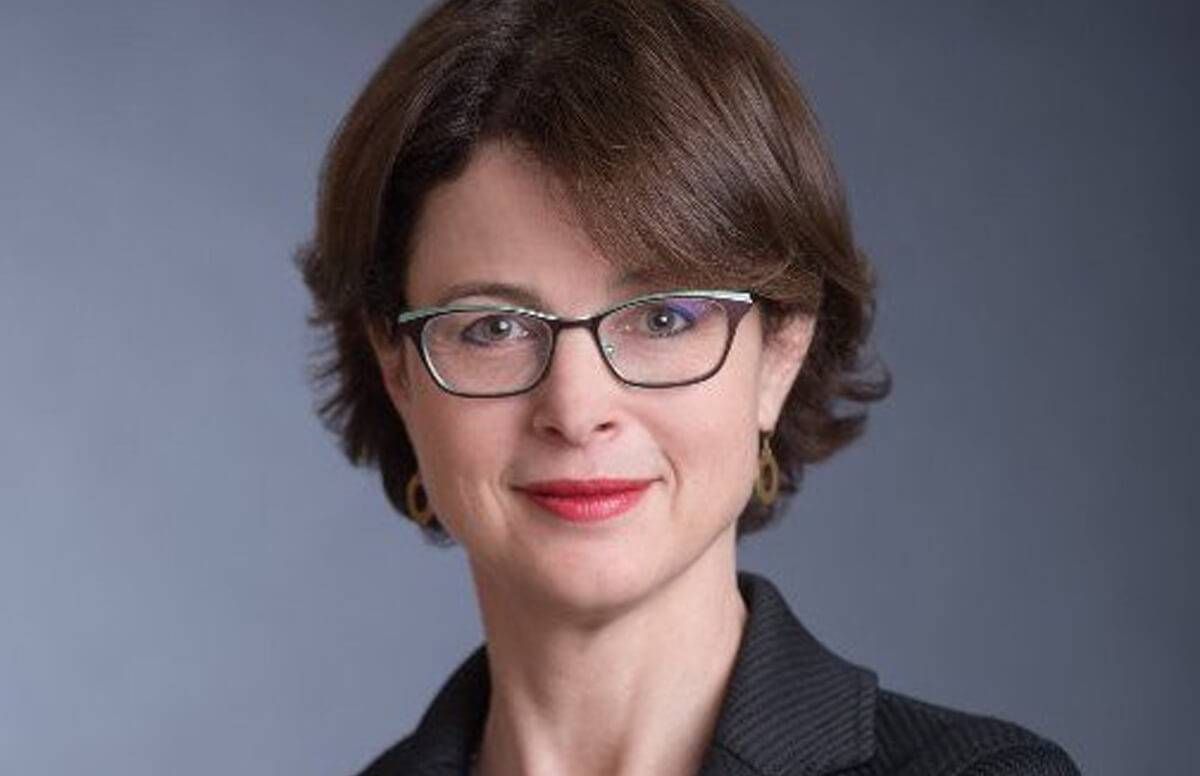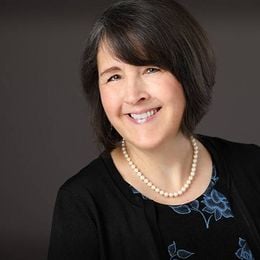Anne Tumlinson: Transforming Long-Term Care for Older Adults
This 2018 Influencer in Aging builds caregiver communities across America
Next Avenue 2018 Influencer in Aging Anne Tumlinson is a nationally recognized expert in the economics of an aging society. She is the founder of Daughterhood, an organization dedicated to building community around the experience of caring for aging parents. Daughterhood informs and supports the work Tumlinson and her team of researchers and analysts do through her firm, Anne Tumlinson Innovations, to help providers, payers and policymakers transform the financing and delivery of health and long-term care to older adults. (She wrote about some of these challenges in her Next Avenue essay, "Where is the 'Assistance' in Assisted Living?")

We talked to her recently about her work.
Next Avenue: Tell us about Daughterhood.
Anne Tumlinson: Daughterhood is an organization that brings women and men together to support each other through the process of taking care of aging parents — to provide a sense of community, reduce isolation and connect each other so we can all connect to the resources that we need in our communities.
How did you get started with this work?
I've been working in aging my whole career. It goes back to when I worked for Congressman John Lewis in the early ‘90s, back when the House of Representatives had a Special Committee on Aging and he was on it. I went to graduate school and I studied aging.
Several years later, I find myself working as senior vice president of a big consulting and research group that studies health care delivery specifically for frail older adults. I hit that age where suddenly all my friends’ parents are getting old and needing care. My friends would come to me with questions.
I kind of had a midlife crisis right there because I realized I've been doing this my whole career but I don't really know understand how the system works at the ground level. And that there was this incredible need for resources for families.
I realized that the best resource we could ever provide each other is each other. So I felt really motivated to start writing about my experiences and the experiences of other people. In 2014, I quit my job and struck out on my own to start Daughterhood, which we launched in 2015.
What are the Daughterhood Circles and how do they work?
Daughterhood started as a blog. But very quickly a community was created around the content because people really recognize themselves and their experiences in it. And one of the people who did is this really amazing caregiver out in San Diego named Karen Van Dyke. She said, 'There needs to be a movement around this experience. We love what you're doing and we want to create a group here that's affiliated with Daughterhood.'
We worked with her and launched our very first Daughterhood Circle. After we promoted that on social media, we probably had two hundred women call us wanting to start Daughterhood circles around the country. About twenty circles launched.
What do the circles look like in practice?
It depends. In some cases, we have a small book club in an individual's home that meets once a quarter. They’ll talk about books that they've read or they'll share what their latest challenges are. Other groups meet in a restaurant or local assisted living facility. And then they have each other to reach out to.
Have you had caregiving experiences with your own family?
The seminal experience in my life was when I drove my grandparents in their old age from Mississippi to North Carolina for their last vacation. My grandmother had dementia; she was in the front seat of the car. And my grandfather — having just quit smoking after thirty years — had this gigantic bag of potato chips in between his legs the entire way. He was munching on potato chips in my ear, basically giving me all these instructions about how I should drive. And my grandmother read every single road sign to me, out loud.
I was at the point in my career where I knew I wanted to do social policy and I was trying to decide among various issues. I was in that questioning stage of my life, those awful twenties, like, who am I going to be? There was something so touching about the trip with my grandparents — these folks have worked so hard their whole life, and now here they are in their old age and they just want to go to North Carolina one more time.
It really drove home for me in that moment that aging was the area of social policy that I wanted to work on.
Where has your work gone from there?
I see Daughterhood as part of a larger body of work that I'm doing. It’s not a money-making enterprise. It is a labor of love, an outlet of creativity and a community that really has its own engine. What I try to do is think in the broadest possible terms about what it is going to take to create a future place where older adults and their families aren't suffering as much as they are now in navigating through that last phase of life.
I’m consulting on how we reform our health care delivery systems and our aging care delivery systems and integrating them and creating better financing for long-term care.
What drives me crazy is the lack of innovation among the traditional providers out there. So I work with for-profit nursing homes, assisted living facilities, home care companies — really any organization that wants to try to do something differently and figure out how to do it. It's all with an eye towards how we can improve the experience for older adults and their families.


